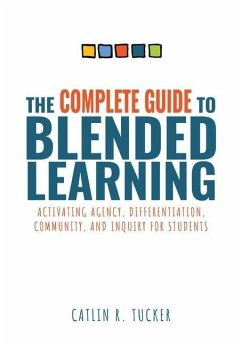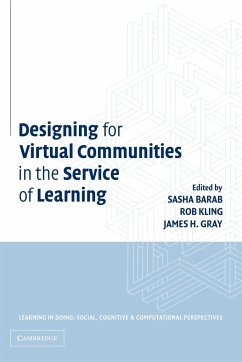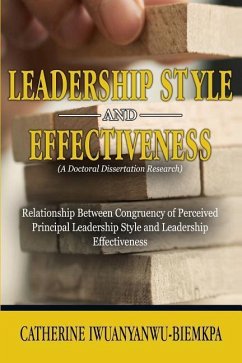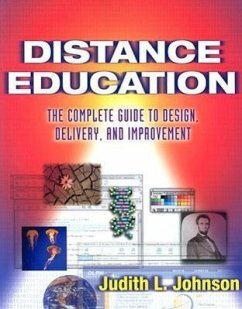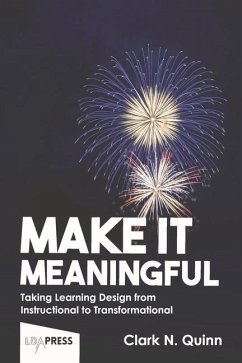
Avatars, Media Usage, and the Linkages to E-Learning Effectiveness

PAYBACK Punkte
8 °P sammeln!
A fast-growing trend in e-learning environments is the investment in avatar technology to deliver an engaging and interesting learning experience. E-learning itself has limited and inconsistent research into its learning effectiveness, and this is especially true for innovative avatar instructional methods. The purpose of this research was to develop a generalizable theory that can be used to assess the learning effectiveness of various media types used in e-learning environments. A research model was developed and used to study a U.S. Air Force Squadron Officer School Distance Learning progra...
A fast-growing trend in e-learning environments is the investment in avatar technology to deliver an engaging and interesting learning experience. E-learning itself has limited and inconsistent research into its learning effectiveness, and this is especially true for innovative avatar instructional methods. The purpose of this research was to develop a generalizable theory that can be used to assess the learning effectiveness of various media types used in e-learning environments. A research model was developed and used to study a U.S. Air Force Squadron Officer School Distance Learning program that used avatar, video, audio, and text-based scenarios to reinforce learning objectives. It was hypothesized that media with higher levels of learning engagement (LE) would lead to more favorable reactions and thus higher levels of understanding. While text and audio showed positive LE results, the hypotheses for both avatar and video influence on LE were not supported. Results also showed full and partial support for LE leading to favorable learning outcomes. The model developed in this research identified the learning effectiveness of an e-learning program and can be used to guide education and training investment decisions based on proven learning outcomes rather than the surface appeal of emotional interest and engagement features. This work has been selected by scholars as being culturally important, and is part of the knowledge base of civilization as we know it. This work was reproduced from the original artifact, and remains as true to the original work as possible. Therefore, you will see the original copyright references, library stamps (as most of these works have been housed in our most important libraries around the world), and other notations in the work. This work is in the public domain in the United States of America, and possibly other nations. Within the United States, you may freely copy and distribute this work, as no entity (individual or corporate) has a copyright on the body of the work. As a reproduction of a historical artifact, this work may contain missing or blurred pages, poor pictures, errant marks, etc. Scholars believe, and we concur, that this work is important enough to be preserved, reproduced, and made generally available to the public. We appreciate your support of the preservation process, and thank you for being an important part of keeping this knowledge alive and relevant.





